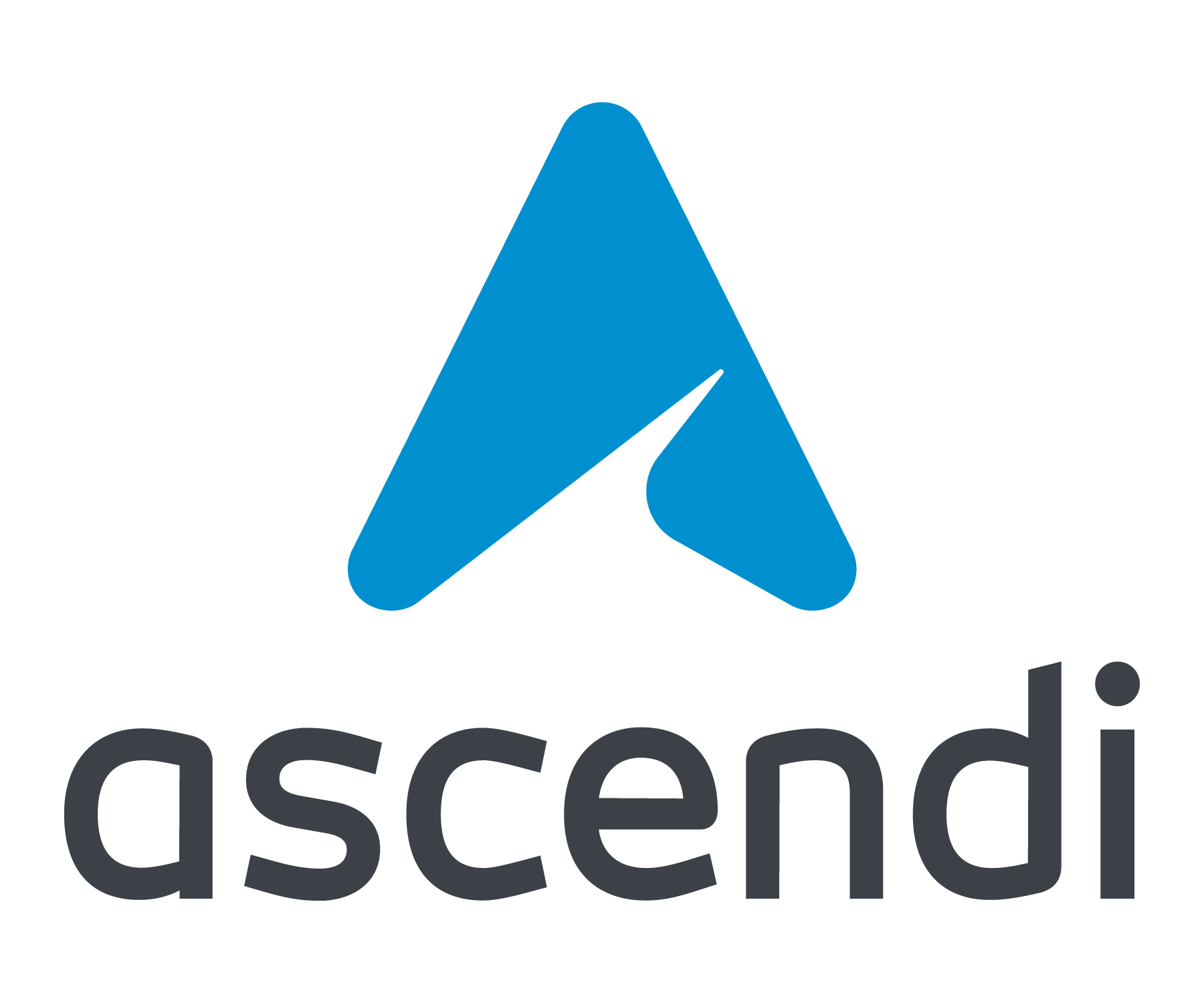The Vibratory Hearing
Gil Delindro

Vibration makes us and unmakes us, vibration passes through us, connects us. Can feeling with a focus on vibration transform the way we live and perceive the world?
In the late 19th and early 20th centuries, scientific research in the field of physics brought about radical paradigm shifts in the understanding of space, time, matter, energy, life, death, consciousness and the body. The phenomenon of vibration was at the centre of these revolutions on several fronts: as an invisible force that cuts across all of reality; as the nexus that blurs the distinction between body and wave, between matter and energy, between matter and the immaterial; as the essence of thoughts or pre-verbal communications; or, for religion and the occult, as the aggregator of the soul and the spiritual body.
Beyond the disputes between classical and quantum thermodynamics, or between the different paths of experimental psychology, the concept of vibration has also crossed important artistic vanguards in different disciplinary areas. We find it among the symbolists, the Dadaists, the futurists, in the foundations of the narrative for Joseph Conrad, or in the brain waves that play a piece by the composer Alvin Lucier.
And yet, few people consciously and consistently try to approach reality in its vibratory dimension, or systematically perceive their own body as an antenna-conductor-transmitter of vibrations—perhaps because of the difficulties imposed by our perceptual limitations.
This exhibition by Gil Delindro (1989, Porto) crosses the artist's path over several years, following a line of reflection on the process of vibratory hearing—a way of perceiving sounds other than through hearing sensation. This is a form of perception especially developed by deaf people, although it is accessible to practically all of us. The most recent works in the exhibition are based on research with the Deaf Community. The use of inaudible sound frequencies — infrasound, is common to most of the works in the exhibition, present in recordings made, for example, on a glacier in the Alps.
Delindro's interest in extreme natural events as turning points in cycles of creation/destruction has led him to explore a sound world that is alien to our ears and difficult to capture. In his sculptures, recordings of these inaudible soundscapes are transmitted to other materials and objects which, on the one hand, make them visible and, on the other, produce audible sounds themselves. Delindro's sound sculptures evade the interpretative factual codes of the objects through the performative action of the sound pressure he injects into the materials. This energy released by the reproduction of the recordings meets the vital vibratory essence of the bodies, radiating through them, moving them, sculpting them, simultaneously invoking a process of becoming shared by all.
In The Vibratory Hearing, Delindro celebrates the hypersensitivity with which deaf people feel the world of sound, but also points to a world that we easily overlook: a world where the boundaries between bodies dissolve; where binary conceptions such as animate/inanimate, life/death, nature/technology are challenged; a world where we encounter the other through resonance; a world open to a whole vibratory poetry.
Pedro Rocha
Exhibition’s curator
Gil Delindro is a sound and visual artist with wide international recognition.
His interdisciplinary practice uses documentary film, installation and performance, based on field research in areas such as bioacoustics, ecology and geology.
exhibition programme
The project “A Audição Vibratória” has the support

Patrons of the Park

Related



Gil Delindro (1989, Porto) is a sound and visual artist with wide international recognition. He studied architecture at FAUP and has a degree in Media Art from FBAUP (Porto), having completed his studies at the Hochschule für Bildende Künste in Germany.
Delindro’s interdisciplinary practice includes documentary film, installation and performance, based on intensive field research, addressing areas such as bioacoustics, ecology and geology.
Notable projects were developed in the Sahara desert (The Weight of Mountains residency, 2015), in the Brazilian rainforest (Resilience: Artist Residency, 2017), in rural northern Vietnam (Blind Signal VTNM-GRMN, 2019), on the Rhône glacier (La Becque Artist in
Residency, 2019), in the volcanoes of Auvergne (residency 100 Jours - Intramuros, 2020) and Northumberland National Park (Visual Arts in Rural Communities VARC, 2022). He has received awards and patronage from institutions such as: EPO (European
Patent Office), EMAP (European Media Art Platform), EDIGMA (media art award, PT), Berlin Masters Award (DE), ENCAC (European Network for Audiovisual Creation), Calouste Gulbenkian Foundation (PT), Berlin Senate for Kultur & Europa (DE), Goethe Institute (DE), OSTRALE (DE), STEIM Foundation (NL), Ford Foundation (BR), Françoise Siegfried Meier Foundation / La Becque Artist in Residency (CH), EOFA (Embassy of Foreign Artists, CH), VARC (UK), Teatro Municipal do Porto (PT), SHUTTLE (Porto, PT), among others.
He was a guest artist at the 2017 BioArt & Design Award at the MU Art Centre in the Netherlands and was a finalist in the 2018 edition of this award. His work is represented in private and public collections, and he has presented work in North and South America, Asia and Europe. His most relevant exhibitions: Resilience - Burned Cork (Serralves Foundation, Porto); Constructing Memory (Cluster, Winnipeg); A Grain Within this Cloud of Dust (Gallery Turm, Berlin); Permafrost (Laboral, Gijon); Un measurements (Ars Eletronica, Linz); Perennial Earth (Goethe Institute, Vietnam); Harbour (Living Art Lab, Amsterdam); and To Bough and to Bend (Bridge Projects, Los Angeles).
In 2016 he was selected by the SHAPE platform as one of Europe’s most innovative sound artists, and has been programmed by leading festivals such as MusikProtokoll (AU), Novas Frequências (BR), CynetArt (DE) Athens Digital Arts Fest (GR), ARS Eletronica (AU),
Submerge festival (UK), Semibreve (PT),Lisboa Soa (PT).
He is co-founder of Rural Vivo, an interdisciplinary association dedicated to ecological, educational and cultural activities in the UNESCO-listed GerêsNature Reserve, whose main aim is to combat the loss of cultural opportunities in the rural villages of northern Portugal and innovation in the ecological preservation of the region.
His work has been published on records by Tzadik (New York), Sonoscopia (Porto) and Ausland (Berlin), among others.


